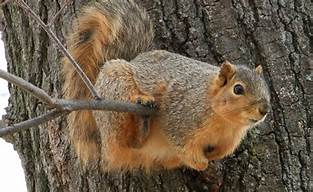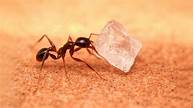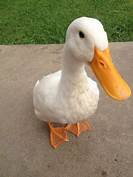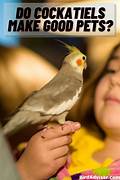Squirrels as Pets: A Comprehensive Guide
Squirrels are adorable creatures that often capture our hearts with their fluffy tails and playful antics. Naturally curious and active, they're a delight to watch as they scamper through trees or gather nuts. While their charm is undeniable, there are essential factors to consider before bringing a squirrel into your home as a pet.

Before You Decide
Before deciding if a squirrel is the right pet for you, it's crucial to understand the responsibilities and challenges that come with owning one:1. Wild by Nature: Squirrels are wild animals that retain their instincts even in captivity. They may bite or scratch if they feel threatened or stressed.
2. Energy Levels: Squirrels have boundless energy and require ample space and opportunities to exercise and explore.
3. Diet and Nutrition: Providing a balanced diet for a squirrel can be complex and time-consuming as they require a variety of foods, including nuts, seeds, fruits, and vegetables.
4. Habitat and Enrichment: Squirrels need a spacious and stimulating enclosure that allows them to climb, jump, and hide.
5. Veterinary Care: Finding a veterinarian with expertise in treating squirrels can be challenging, and veterinary costs can be substantial.
Factors to Consider When Choosing a Pet Squirrel
If you're still determined to bring a squirrel into your home, here are additional factors to consider when selecting a suitable pet:1. Species and Temperament: Different squirrel species have unique temperaments and care requirements. Some popular species include red squirrels, gray squirrels, and flying squirrels.
2. Age and Health: A young and healthy squirrel is more likely to adapt well to captivity. Look for a squirrel with bright eyes, a healthy coat, and no signs of illness or injury.
3. Personality and Compatibility: Observe the squirrel's behavior before bringing it home. Look for signs of tameness and friendliness. Avoid squirrels that are overly aggressive or shy.
Creating a Suitable Habitat for Your Pet Squirrel
To ensure your pet squirrel's well-being, you must provide a suitable habitat that caters to its needs:1. Enclosure: Choose a large enclosure that allows your squirrel to move freely. The enclosure should be well-ventilated and have secure walls and locks to prevent escape.
2. Substrate: Provide a mix of bedding materials in the enclosure, such as aspen shavings or shredded paper, for comfort and burrowing.
3. Climbing Structures: Install sturdy branches, ladders, and ropes within the enclosure to allow your squirrel to climb and explore.
4. Hiding Places: Provide cozy hiding spots, such as nest boxes or tunnels, where your squirrel can retreat when feeling stressed or tired.
Declaration: All article resources on this website, unless otherwise specified or labeled, are collected from online resources. If the content on this website infringes on the legitimate rights and interests of the original author, you can contact this website to delete it.






